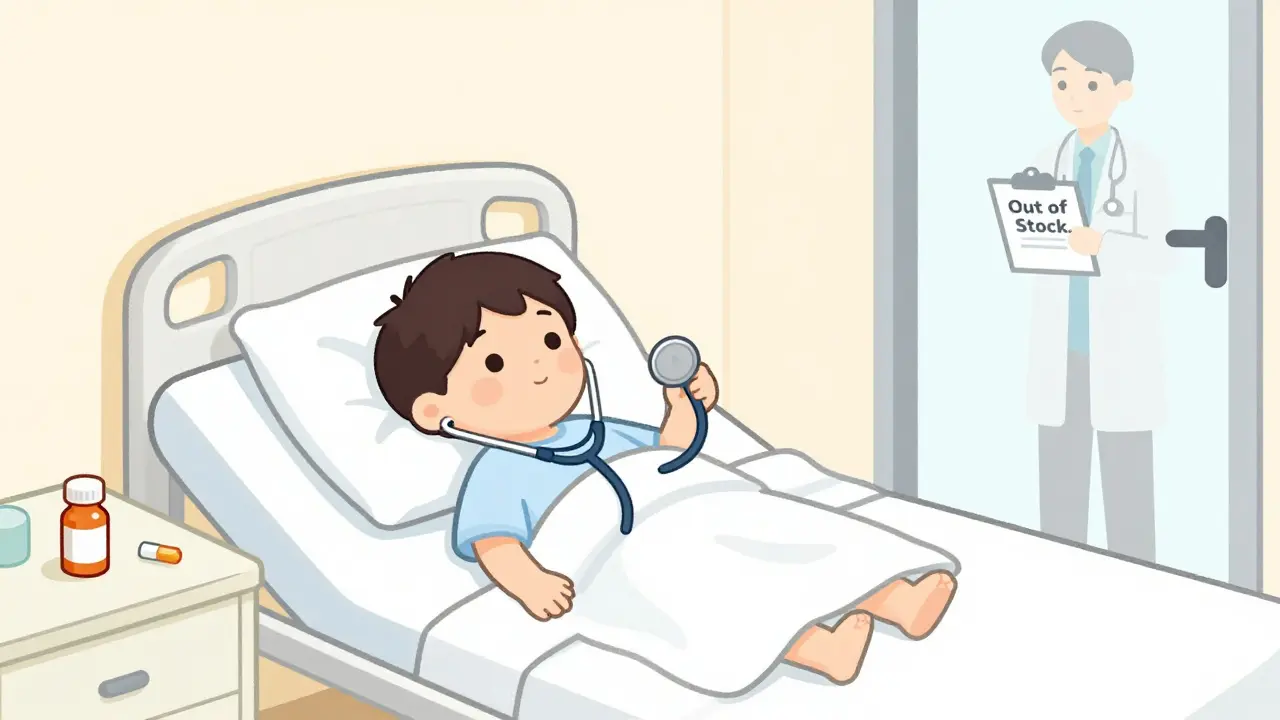Got a sore throat, a nasty skin rash, or a fever that won’t quit? You’re probably wondering how to beat the infection without spending a fortune or taking meds you don’t need. The good news is you don’t have to guess. In this guide we’ll break down the basics of infection treatment, show you when antibiotics actually help, and share easy at‑home steps you can start today.
First things first: antibiotics only fight bacteria, not viruses. That means they’re useless for colds, flu, most sore throats, and many ear infections. Giving antibiotics for a viral bug can cause side effects and make future infections harder to treat.
If you have a bacterial infection, a doctor will usually prescribe a short course—often 5‑7 days. Common bacterial infections that need antibiotics include strep throat, urinary tract infections, and some skin infections that are red, swollen, and warm to the touch. Take the whole prescription, even if you feel better early on. Skipping doses can let the bacteria survive and become resistant.
Watch out for warning signs that you might need a doctor’s opinion: high fever (over 101°F), trouble breathing, severe pain, or a rapidly spreading rash. Those symptoms can indicate a serious infection that needs professional care.
Most mild infections clear up on their own with proper rest and support. Here are a few everyday steps that speed recovery:
Remember, natural remedies are not a replacement for medical treatment when a serious infection is present. They work best as supportive care for mild cases.
If you’re dealing with a viral infection, focus on symptom relief. Saline nasal sprays, throat lozenges, and humidifiers can make breathing easier. Most viral bugs resolve within a week, so the key is to keep your body supported while it fights the germs.
Finally, keep an eye on any changes. If a fever lasts more than three days, a sore throat gets worse, or a rash spreads, call your doctor. Early intervention can prevent complications and make the treatment process smoother.
In short, know the difference between bacterial and viral infections, use antibiotics only when prescribed, and give your body the basics—rest, fluids, and simple home care—to speed up healing. With these steps, you’ll handle most infections confidently and avoid unnecessary medication.

Antibiotic shortages are worsening globally, forcing doctors to use last-resort drugs and leaving patients without treatment. Rising resistance, broken supply chains, and low profits are putting millions at risk from treatable infections.
Read More
Unlock the essentials about erythromycin: how it fights infections, what to watch for, and smart tips to use it effectively. Learn about real-world uses, potential side effects, and interactions you can’t ignore. Get concrete advice and key facts for 2025 in this deep-dive guide. Clear answers for anyone who needs straightforward info on this powerful antibiotic.
Read More